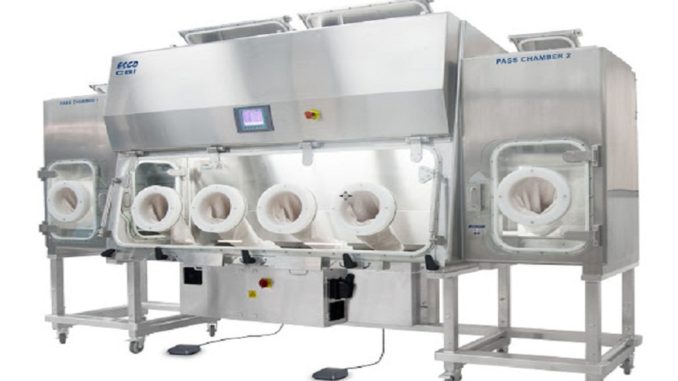
Using proper aseptic technique is critical when compounding sterile products. However, the techniques for maintaining first air are different depending on the type of hood you are working in. Here are a few tips for working safely and maintaining your aseptic technique in a bio-safety cabinet.
Know the Direction of Airflow
BSCs have a vertical airflow to protect compounders from being exposed to hazardous materials while still maintaining a sterile environment. Clean air showers down from the top of the cabinet, moves along the cabinet floor, and back up to the top of the cabinet to be cleaned and exhausted safely. Bio-safety cabinet testing is critical to ensure the hood is working correctly and should be done by skilled professionals.
Keep the Air Grill Clear
BSCs have air grills at the front and back of the hood. It’s critical that both grills remain clear at all times to ensure the proper integrity of the airflow. If you rest supplies on the air grill, you could be introducing non-sterile air into the compounding environment. Air could also escape the hood, putting you at risk of exposure to hazardous compounds.
Designate Work Areas
To maintain sterility, it helps to divide the BSC into three different working zones. The left third of your hood should be for clean supplies. The middle third of the hood should be your working zone. Distribute items evenly throughout the working zone to allow uniform airflow and to maintain sterility. The right third of your hood should be your dirty zone. Use this area to dispose of trash, needles, and other compounding waste. Designating a waste zone helps to limit the number of times you are entering and exiting the BSC, which helps maintain sterility. If you are left handed, reverse the zones to make maintaining aseptic technique as easy as possible.
It takes practice to develop perfect aseptic technique. Follow these tips the next time you are compounding in a bio-safety cabinet

Leave a Reply
You must be logged in to post a comment.